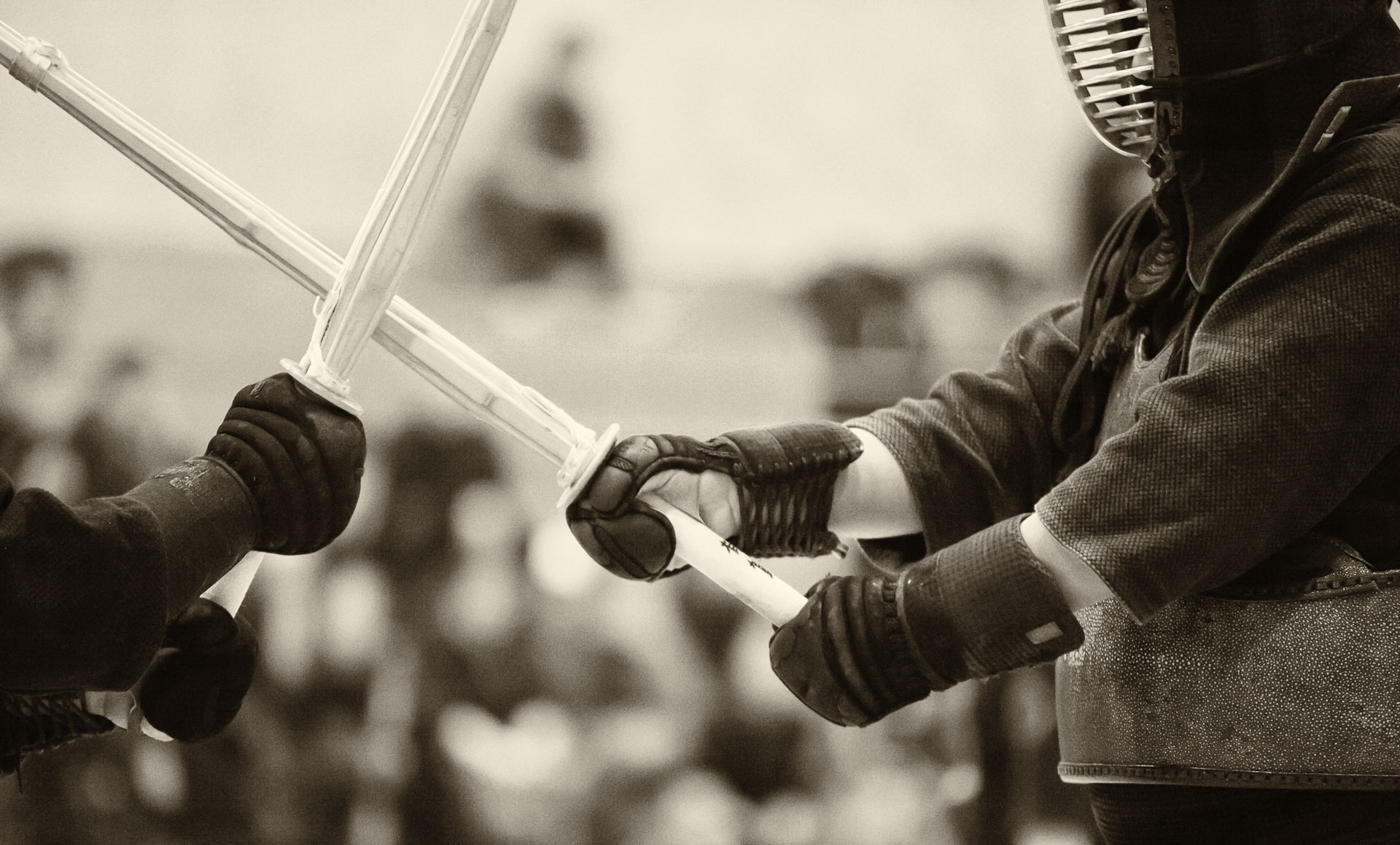E-books are obviously most convenient for travel, but physical paper books have their own unique advantages.
The Flowing Clue: La Source Unveiled – page 11, panels 1 – 3

Here are the first three panels of page 11 of my comic book on fluid mechanics. This is the explanation of how a velocity of the water jet flowing from a pitcher into a pond can be estimated from a single picture – in this case, a painting. It’s a research meeting-style presentation, which I adapted from my own lecture notes.
The Flowing Clue: La Source Unveiled – page 10, panel 4

This the last panel of page 10 of my fluid mechanics manga. Here, we are in the middle of the explanation of how fluid velocity could be estimated from a single still image. This is legitimately useful in research involving flow visualization, not just for analyzing old paintings in a fictional story. I was quite excited to learn this as I was writing the script.
The Flowing Clue: La Source Unveiled – page 10, panels 2, 3

Here are panel 2 and 3 from page 10 of my fluid mechanics comic book. I found it necessary to periodically show all the characters to remind the readers of their distinguishing features, like silhouettes, hair styles, etc. as well as their position with respect to each other. I am glad that I came across this tip from established illustrators and comic book authors early on. Even though it takes time to draw these kind of shots, like the frame 3 here, they help organize the visual details in my own mind. Hopefully, it is useful to the readers too.
The Flowing Clue: La Source Unveiled – page 10, panel 1

This is the top of page 10 of my fluids manga. As I was writing the script, I learned a neat way of extracting temporal data from a single still representation of the fluid flow. This is the set-up for the explanation of how it works.
The Flowing Clue: La Source Unveiled – page 9, panels 4, 5

These are the inks of the last two panels on page 9 of the fluids comic book. Here, Ariadne points out the first definitive inconsistency in the “La Source” painting.
The Flowing Clue: La Source Unveiled – page 9, panels 1 – 3

Here are the inks of the first three panels of page 9 of my fluids manga book. This is a calculation of the axis-switching wavelength of a water jet according to the modern model. In fact, as it’s explained here, a simplified model of the phenomenon already existed when “La Source” was painted, but the painting doesn’t agree with it.
The Flowing Clue: La Source Unveiled – page 8, panel 3.

The last panel of my comic book on fluid mechanics. This is where we start to see that with some mathematical analysis it will be possible to quantify the degree of realism (or lack thereof) in the depiction of fluid motion in (neo)classical paintings.
The Flowing Clue: La Source Unveiled – page 8, panel 2

This is the ink of the second panel of page 8 of my fluid mechanics manga. I’ve decided to show the fluid physics material the way I present it in my own teaching videos. The idea is that a character is writing on a tablet, and the equations appear on the screen. This is the way it actually happened in my online lectures.
The Flowing Clue: La Source Unveiled – page 8, panel 1

Here is the inked first panel on page 8 of my fluids manga. This is the point of the story where it becomes clear that some quantitative analysis of the depicted fluids phenomenon (the water jet pouring from the pitcher) is possible.
